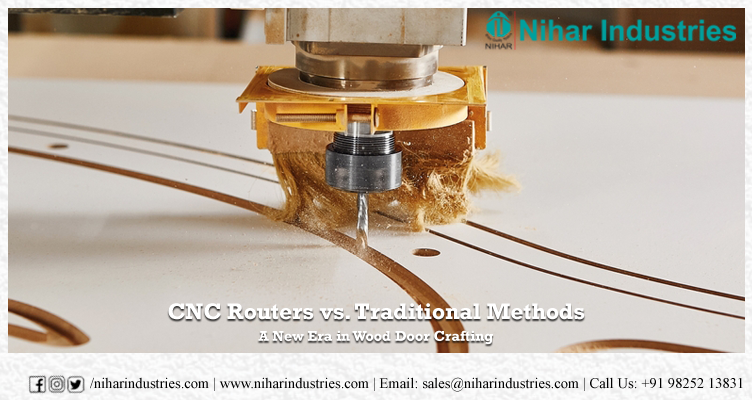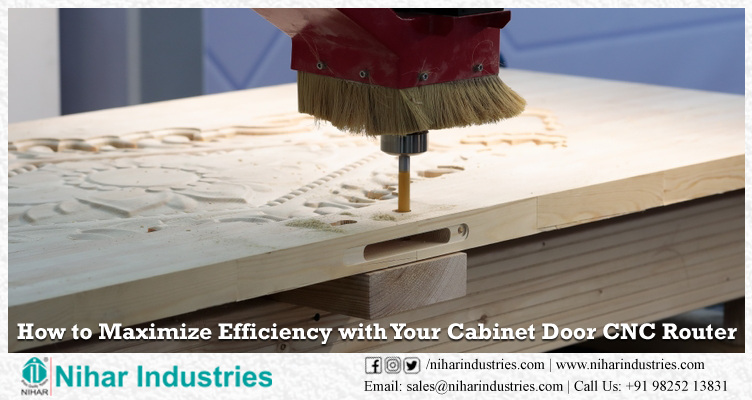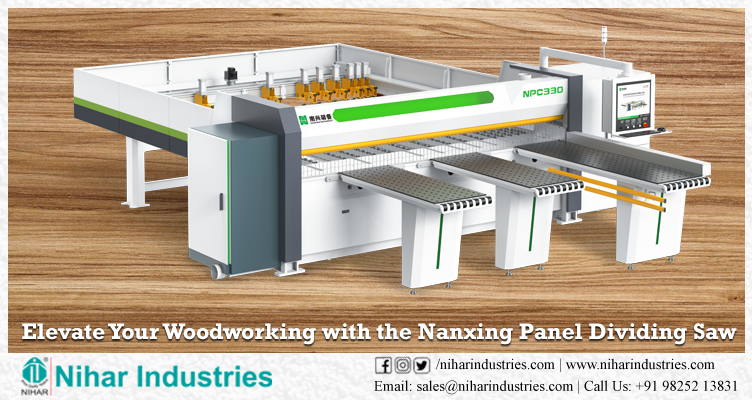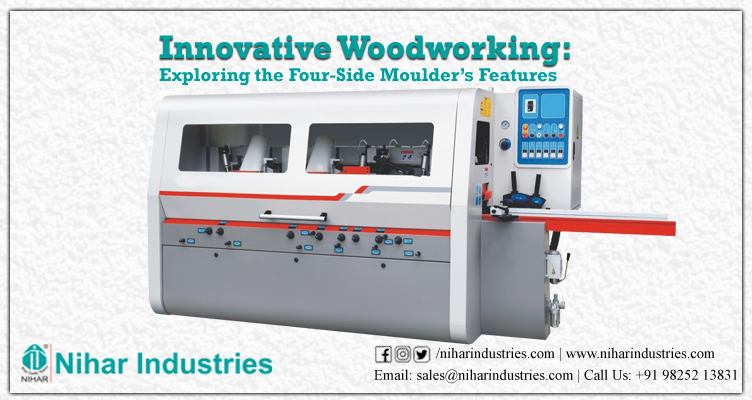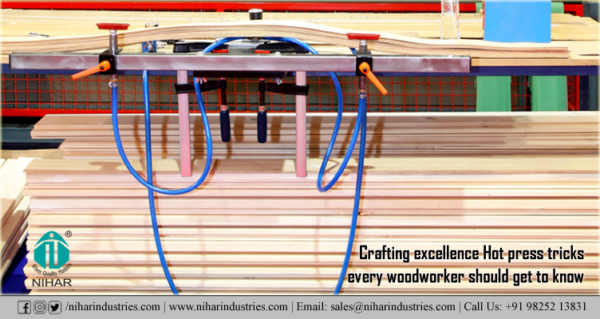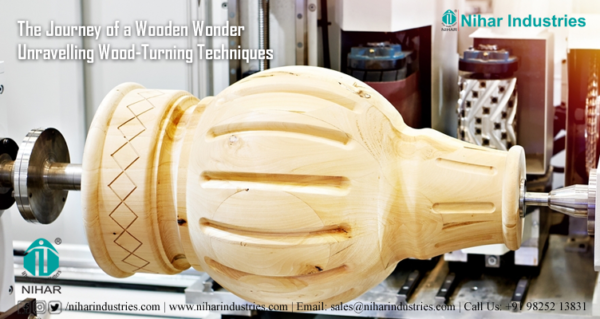A spindle moulder is a high-power and versatile woodworking tool that can help you to shape and profile wooden parts with precision. If you are a professional woodworker, you should optimize your spindle moulder to achieve superior results, safety, and efficiency. In this blog, we are going to explore some key strategies that will help you get the best results from your spindle moulder.
What is a Spindle Moulder?
A spindle moulder or spindle shaper consists of a vertically mounted spindle that rotates at high speeds. It uses different cutter heads to shape and profile wood. By using the right setup and techniques, the spindle moulder can create intricate mouldings, grooves, and tenons with ease.
Essential tips for optimizing a spindle moulder
Here is a look at the best practices for optimizing a spindle moulder.
Choose the right cutter head
By selecting the most appropriate cutter head for your project, you can improve the outcome of your project to a great extent. Different profiles and materials require specific cutter types.
- High-Speed Steel (HSS) Cutters – These HSS cutters are perfect for softwoods and light-duty applications.
- Carbide-Tipped Cutters – These cutters provide durability along with a sharper edge for hardwoods.
- Profiling Cutters – These are best for intricate moulding works and decorative edges.
Optimize the spindle speed
Adjusting the spindle speed is important to achieve a precise and smooth finish. Here are some general speed recommendations for your projects:
- Lower Speeds (4,000-6,000 RPM) – The lower speeds are suitable for deep cuts and larger diameter cutters.
- Higher Speeds (8,000-12,000 RPM) – The higher speeds are perfect for fine details and smaller cutters.
You must always test the spindle moulder machine on a piece of scrap before you finalize the settings for your project to ensure the best results.
Maintain proper fence alignment
The fence helps in guiding the workpiece to ensure optimum accuracy. Any misalignment can cause inconsistent cuts or unsafe operations. To optimize the fence alignment,
- Ensure that the outfeed and infeed fences are flush.
- Adjust for minimal clearance to reduce any tear-out.
- Use feather boards to ensure additional safety and support.
Set the correct depth of cut
By taking multiple light passes instead of one deep cut, you can significantly improve the finish quality and minimize strain on the machine’s motor. Here are some ways in which you can do this:
- Shallow Passes (1-2mm per pass) – The shallow passes are perfect for high-precision work.
- Deeper Passes (3-5mm per pass) – These are used when removing additional material but require extra caution.
Prioritize safety measures
You must follow these strict safety practices while using a spindle moulder:
- Use guards and push sticks to keep your hands away from the cutter.
- Always wear hearing protection and safety goggles.
- Use dust extraction systems to maintain visibility and minimize respiratory risks.
If you are looking to learn more about how to make the most of a spindle moulder, then make sure that you discuss your needs with the manufacturer of these machines. These experts can help you in the best possible way when you want to use these machines to the best effect.


